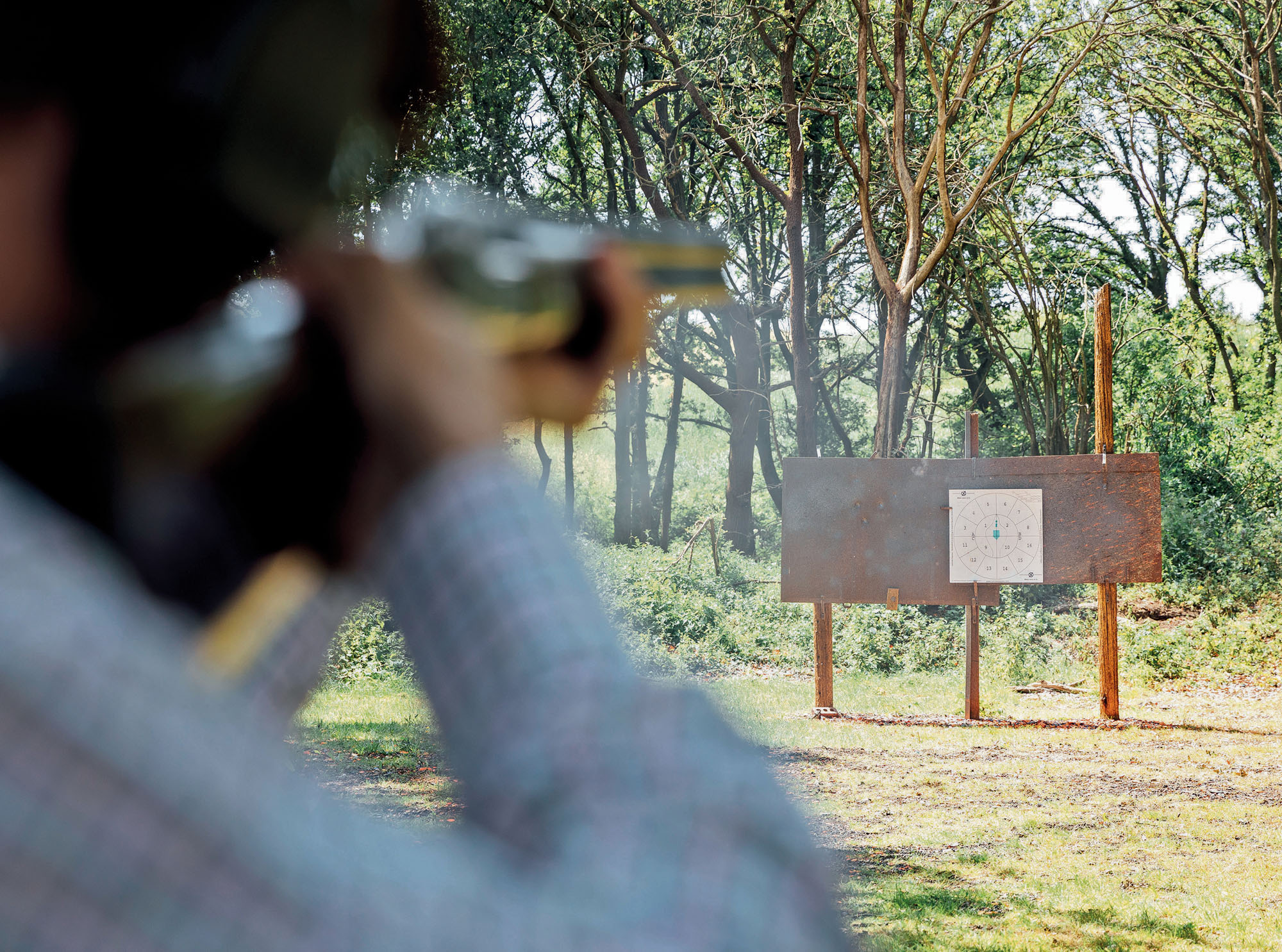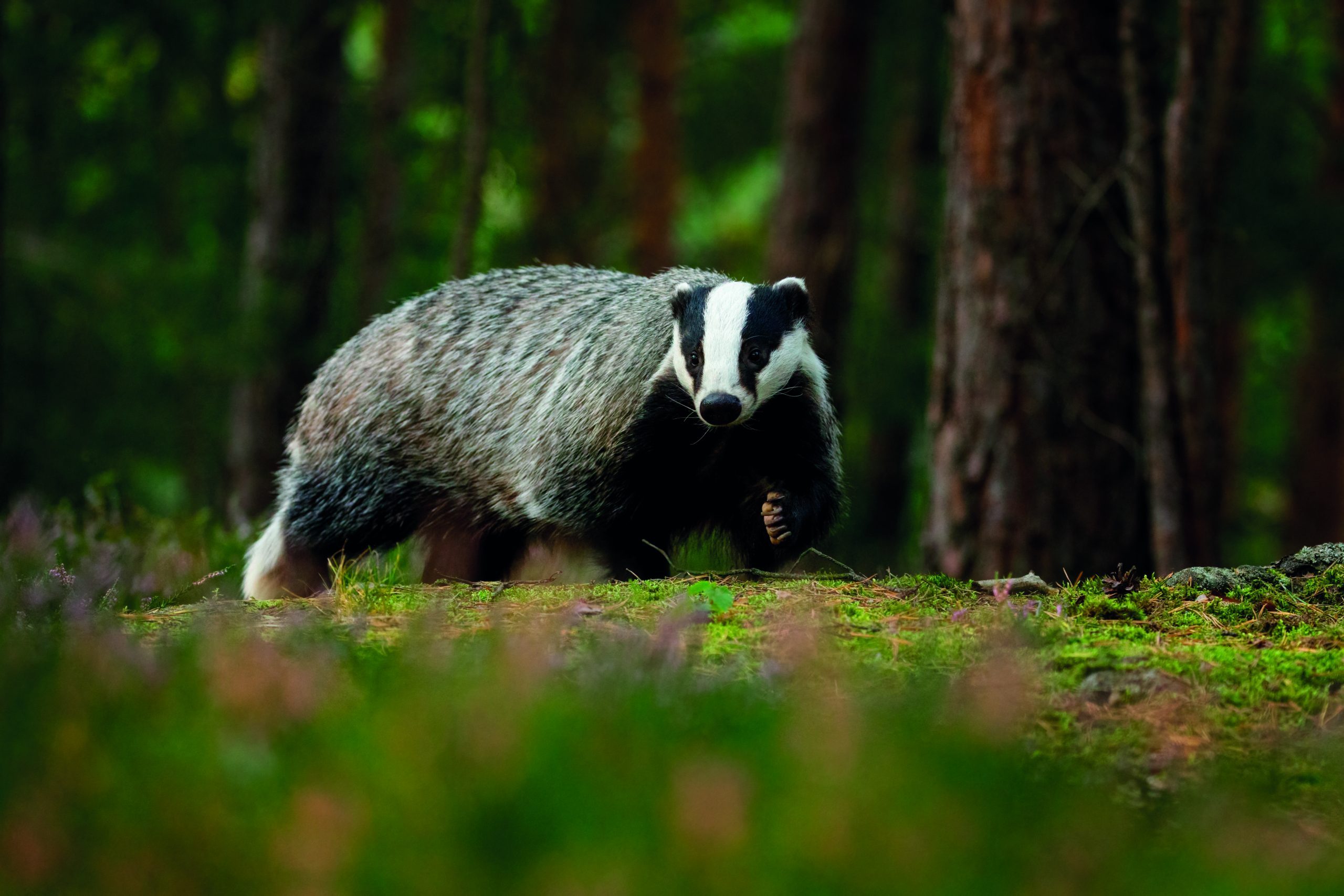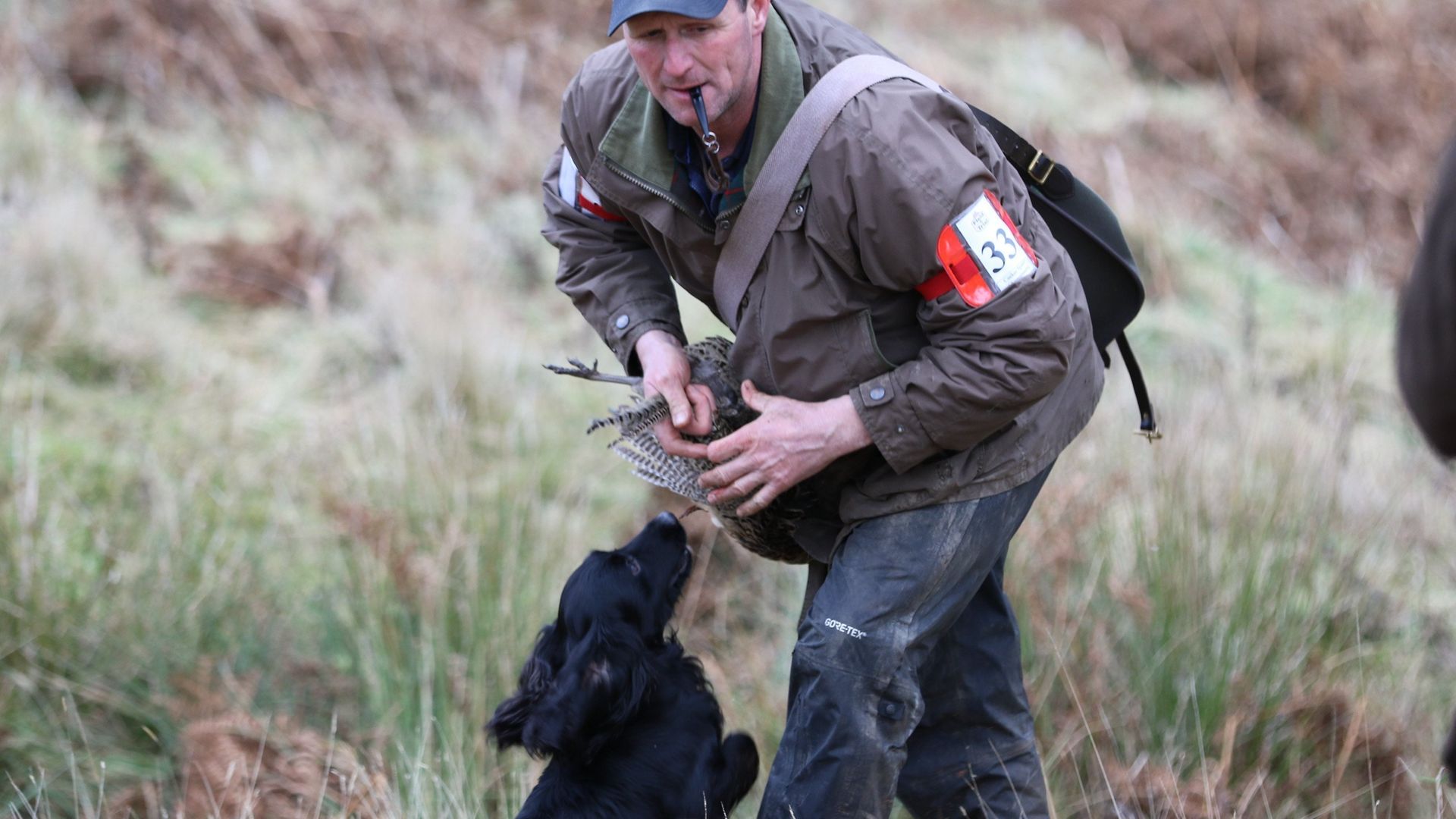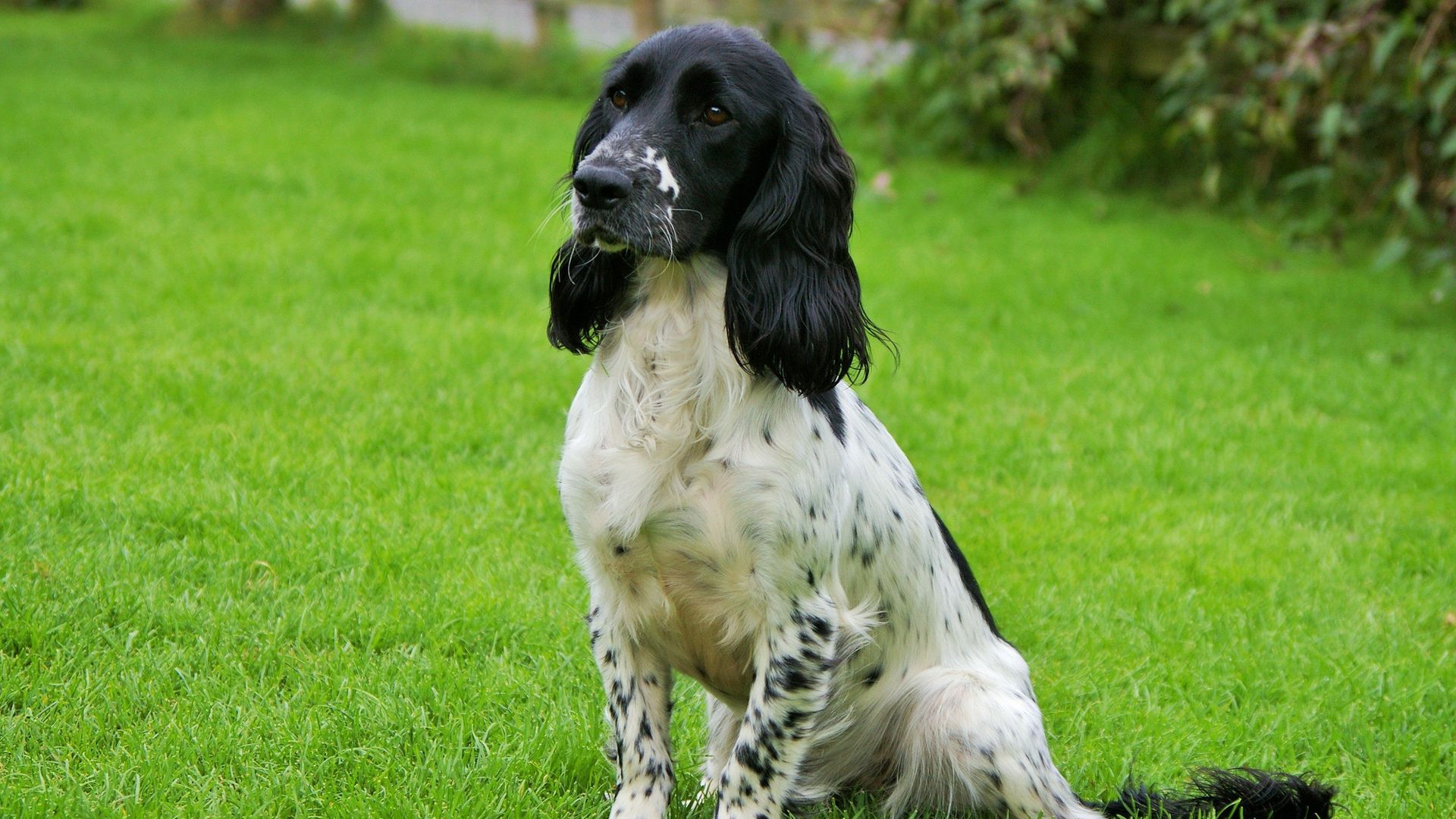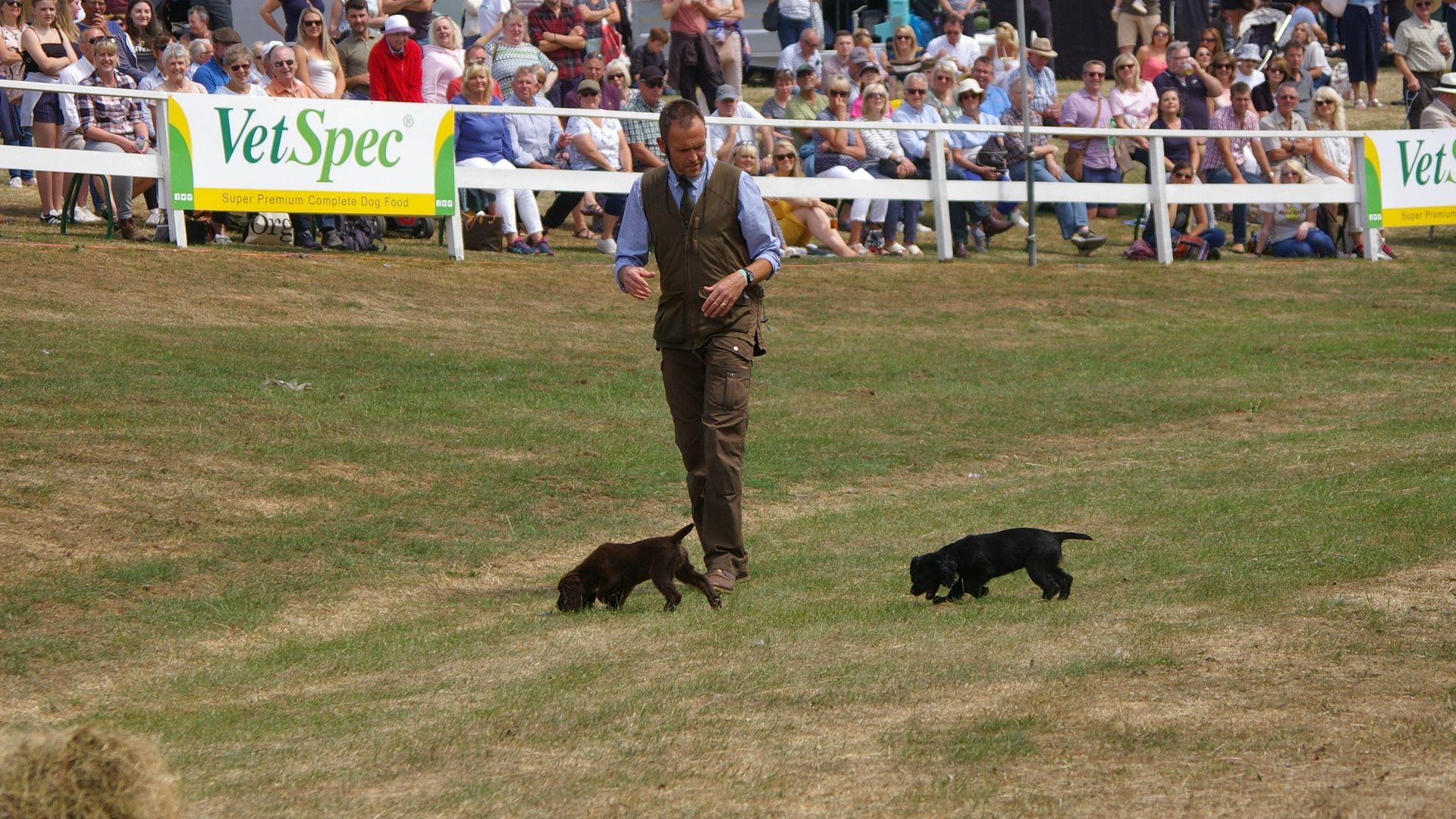Gundogs: how different traits suit different jobs
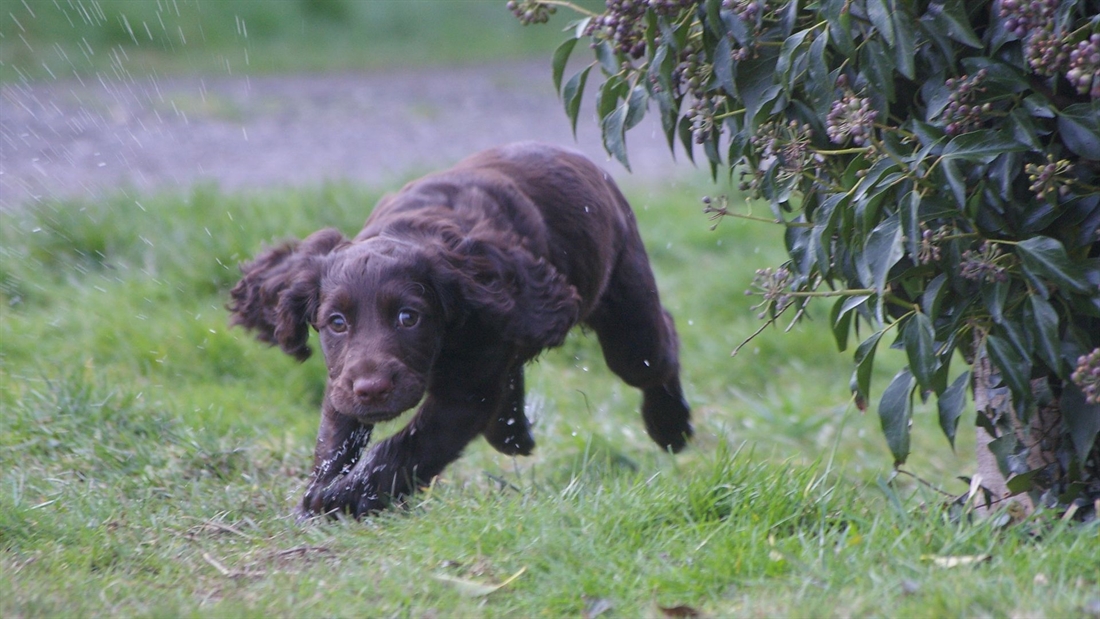
Does a high-drive spaniel from trialling lines have a place in your average beating line? In the right hands it does, says Ryan, who explains how different aptitudes suit different scenarios…
As I write this, we are gearing up for the Great Yorkshire Show – our first gundog demonstration since the Stokesley Show in September 2019! Fingers crossed we’ll then be at the Stokesley Show again. Every event in between these two that we would usually be performing at, has yet again been cancelled. Halifax, Cleveland, Thornton-le-Dale… all cancelled. Covid has certainly put its stamp on the event scene, but for some of these agricultural shows, it also appears to come down to a lack of clarity and guidance from their local authorities as to what measures they should be implementing – the authorities themselves perhaps receiving the same blurred information from higher up the chain. This uncertainty and vagueness has left some local show committees (that often operate on a voluntary basis) no choice but to cancel for a second year running!
Large events like The Great Yorkshire Show are often run by a paid organisation (in this case the Yorkshire Agricultural Society) and are able to provide man hours to sort out the extra work load that’s required to make these events Covid safe and in line with government guidelines. For example, instead of allowing over 130,000 people to attend across the usual three days, the Great Yorkshire Show has only made available 20,000 tickets per day, with the addition (for the first time in its history) of an extra (fourth) day to accommodate a total of just 80,000 for the entire occasion.
For us at Farlavale, it simply means another day of gundog demos, which will total eight displays for the dogs over the four days. For cockers, this can be a problem. A problem because cockers don’t do ‘boring’ very well, so it’ll require me to be able to mix things up a little and swap dogs around to avoid any transgressions – which, if they happen, are usually much to the crowd’s delight. If you’ve got a cocker that does boringly well, you’ve got a very un-cocker-like cocker. I can fool them all for a short while, but asking for the same repetitive conformity every time I step into the arena, will eventually invite a wrongdoing from a dog that’s looking to ebb away and invent something to satisfy its interest.
For cockers and springers, this is where breeding plays a part. The breeding of our hunting spaniels has become so good here in the UK that we’ve almost bred in a little too much drive for what the ordinary shooting folk wants. The thing is, no one has ever looked at a cocker or a springer and said ‘look how fabulously that dog is heeling, let’s breed from that!’ Or, ‘wow that’s sat patiently at the peg for over 45 mins, let’s breed from that!’ They may have looked at a Labrador displaying those level-headed attributes, and said exactly that, as those are requisite desires for that breed. However, the truth is, if you have a spaniel that does those un-spaniel like things very well, then the chances are you have a spaniel that perhaps doesn’t hunt as well as others.
Horses for courses (or, gundogs for jobs!)
A good spaniel to a guy in the beating line is often one that doesn’t just bugger off and instead knocks around nearby, but the one that hits the front as soon as the start whistle is blown is really the one I want. It’s the one who, after just two outings, discovered that birds would be in abundance up near the flushing point. A general nuisance to the owner and everyone else on the syndicate shoot, but in the right hands from a young age, a probable talent. That drive is found in most successful trialling dogs and subsequently in a large proportion of shooting dogs.
The inclusion of Field Trial titles and awards in your dog’s pedigree tells you that those dogs have been tried and tested under independent judges. Tested for natural hunting and game-finding ability, tested for retrieving capabilities and tested for an in-tune biddability with their handler, i.e. they’re able to do as they are asked when working (showing a connected mind). For the avoidance of doubt and perhaps for those looking for an excuse – a Field Trialling spaniel and a beating dog can be one and the same! The problem we have for those just wanting to relax and enjoy a day’s shooting or beating with their dog, is that unless the dog has been trained (or should I say the handler has been trained properly), a high-drive dog can be a real irritant, taking full advantage of its perhaps nonchalant owner.
Harnessing the right instincts in your gundog
However, there IS a way that some high-drive spaniels can tolerate the patience side of things and that is by picking-up on a regular basis. Spaniels that are part of a busy picking-up team, perhaps picking up several times a week through the season, will develop a tolerance for patience. Basically, the dogs display a conditioned behaviour, and the bonus of picking-up is that that behaviour always supplies a reward. Think of it from the dog’s point of view. Their absolute goal is to have that bird in their mouth.
A desire so powerful and persistent in the dog’s mind that without it, you may as well be training a cat! That persistence is completely essential. If the spaniel was regularly in the beating line but not getting many rewards for its efforts, then the frustration can build as it’s constantly working to have that bird in its mouth but seldom does, hence running to the front as this gives it a greater chance of self-fulfilling its desire. A busy picking-up spaniel that almost always get its reward at the end of a drive (or occasionally during it), after sitting still for a long while, makes the sitting still a bit more tolerable for the dog. The combination of that, along with the dog collecting the game relatively close by to the handler whilst sweeping through, creates a repetitive and habitual reward in that environment.
Make no mistake, the crux of the matter is that all dogs need the right understanding and ultimately the right training from dedicated handlers, with the old adage of ‘you’ll get out what you put in’ being 100% true!
Persistence pays when it comes to gundog training
So back at the show, there’ll be no game to heighten the excitement or to test that persistence. It is, however, a fact that many of our own highest achieving Field Trial dogs will perform the best in this environment. Those with drive will see that boring canvas dummy as something half exciting at least to keep an interest in, to some degree anyway. One year, however, the dummies were really of no interest at all as some of the dogs continually gravitated towards a small patch of rushes at the edge of the pond.
The arena is constantly in use from one display to the next, with a heavy population of helpers and animals walking across the ground and round the pond, from birds of prey to the pack of hounds. So you can imagine my surprise when during a display one of my dogs flushed a young rabbit from said rushes. There was no rhyme or reason as to why it was there, yet it must have been sitting there all day.
Thankfully, the cocker sat after the flush as the rabbit disappeared somewhere into the showground. I tried to gather my words and not appear shocked, but instead made use of the crowd-pleasing moment. It explained the previous interest in the rushes, but the downside was that I could no longer use that cocker for any other displays over the subsequent show days, as every time I got it out it ventured towards the same spot. And, as expected, the retrieving of dummies became a downright inconvenience to it.
Thankfully, no more bunnies appeared over the following days, but it certainly kept me on my toes…
Bloody persistent cockers!

